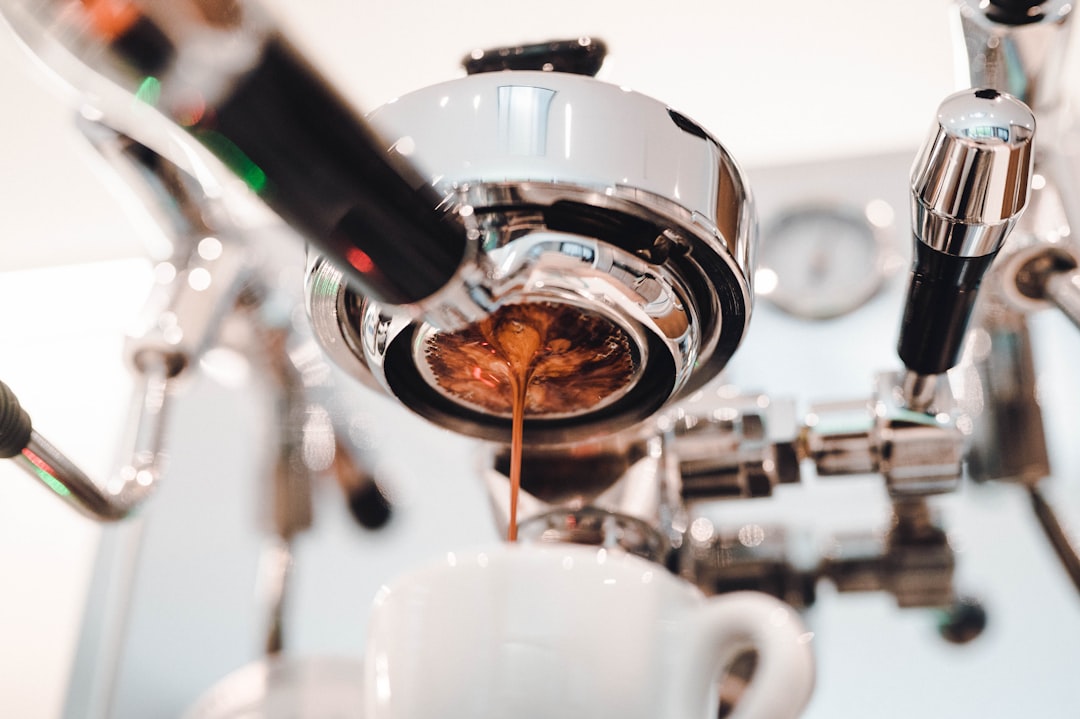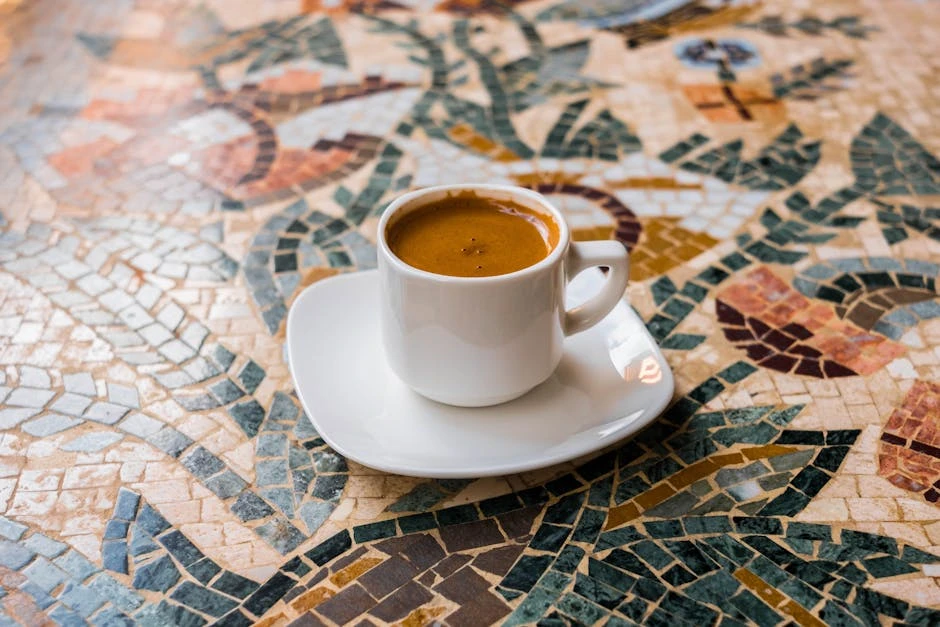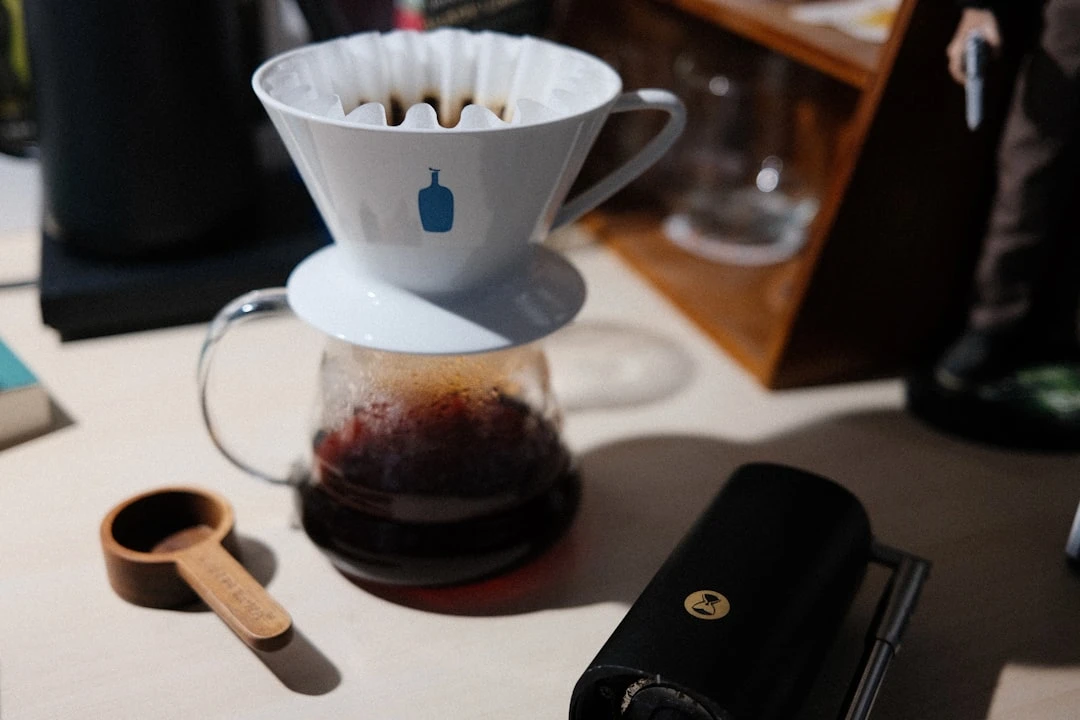How to Make an Americano: The Complete Guide to Perfect Coffee Every Time
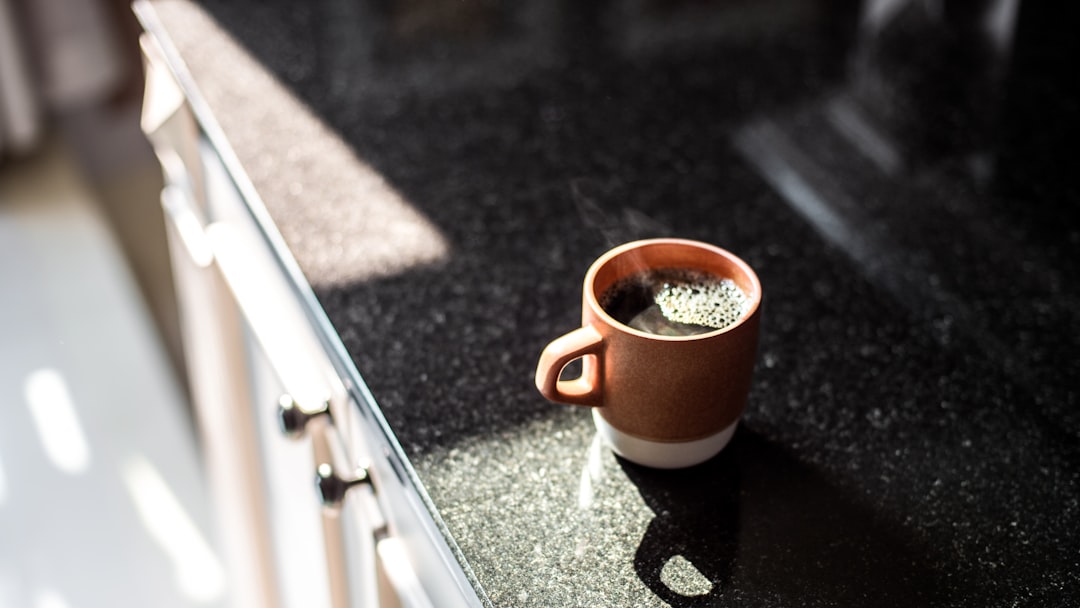
Did you know that the americano was supposedly created during World War II when American soldiers in Italy diluted their espresso with hot water to make it taste more like the coffee back home? Whether that story's true or not, this simple yet sophisticated drink has become a coffee shop staple worldwide!
I've been perfecting my americano technique for years, and trust me - there's more to this seemingly simple drink than just adding water to espresso. The ratio, water temperature, and even the order you add ingredients can make or break your cup. In this guide, I'll walk you through everything I've learned about making the perfect americano at home, including the mistakes I made early on (and how you can avoid them).
What Is an Americano Coffee? (Understanding the Basics)
Let me start with the basics because I've seen way too many people confuse americanos with regular drip coffee. An americano is essentially espresso diluted with hot water - that's it. But here's where it gets interesting.
The traditional americano uses a 1:2 ratio of espresso to hot water, though I've found that some people prefer it stronger or weaker. What makes it different from drip coffee isn't just the preparation method - it's the flavor profile. Since you're starting with concentrated espresso, you get this rich, bold taste that regular drip coffee just can't match.
I remember the first time I tried making one at home. I thought I could just use strong regular coffee and call it an americano. Boy, was I wrong! The espresso base gives you these complex flavors and that distinctive crema layer (even if it gets diluted). It's like the difference between instant soup and homemade - same basic idea, completely different experience.
The beauty of an americano is that it bridges the gap between espresso intensity and the familiar comfort of a full cup of coffee. You get the sophisticated flavor notes of espresso without that punch-in-the-face caffeine hit. Plus, it's way more forgiving than straight espresso shots where every little mistake shows up in your cup.
Essential Equipment for Making Americano at Home
Okay, let's talk equipment. You're gonna need a way to make espresso first - that's non-negotiable. I started with a basic espresso machine from a big box store, and honestly, it worked fine for learning the ropes.
If you've got an espresso machine, you're golden. Manual machines give you more control (which I love now), but automatic ones are great when you're starting out or need consistency. I've been using both for years, and each has its place.
Don't have an espresso machine? No problem. A Moka pot can work in a pinch - it's not technically espresso, but it makes strong enough coffee that works for americanos. I've also had decent luck with an AeroPress using their inverted method. It's not the same as true espresso, but it'll get you close enough to practice the technique.
You'll also need a decent grinder. I can't stress this enough - pre-ground coffee just doesn't cut it for americanos. The oils go stale too fast, and you lose all those flavor notes that make americanos special. I upgraded to a burr grinder about three years ago, and it was a game-changer.
Don't forget measuring tools either. A kitchen scale is ideal, but measuring spoons work if that's what you've got. Consistency is key with americanos, so whatever you use, stick with it.
Choosing the Right Coffee Beans for Your Americano
This is where I made some expensive mistakes early on. I thought any coffee bean would work for americanos. Nope!
Medium to dark roasts work best for americanos. The roasting process develops those rich, chocolatey flavors that hold up well when you add water. Light roasts tend to get too acidic and thin when diluted. I learned this the hard way after buying a bag of expensive single-origin light roast that tasted like lemon water in my americano.
Single origin beans can be amazing in americanos, but blends are usually more forgiving. Blends are designed to be balanced, which means they'll taste good even when you dilute them. I keep both on hand - single origins for when I want to experiment, blends for my daily cup.
Grind size matters too. You want something between fine and medium-fine - think table salt texture. Too fine and you'll over-extract (bitter city), too coarse and it'll taste weak even before you add water. I adjust my grinder throughout the week depending on humidity and how the shots are pulling.
Store your beans properly! I keep mine in an airtight container away from light and heat. Those fancy valve bags they come in are fine for the first week, but after that, transfer them to something better. Trust me on this - stale beans make terrible americanos.
Step-by-Step Americano Recipe (The Traditional Method)
Alright, here's my go-to recipe that I've refined over probably a thousand cups. Start with a 1:2 ratio - that's one part espresso to two parts hot water. For a standard cup, I use about 2 ounces of espresso with 4 ounces of hot water.
First, heat your water to about 200°F. I used to guess at this and wonder why my americanos tasted off. Too hot and you'll cook the espresso, too cool and it tastes flat. A thermometer changed everything for me.
Pull your espresso shot first. I aim for a 25-30 second extraction time with about 18-20 grams of coffee. The shot should have a nice golden crema on top - that's your flavor indicator right there.
Here's where people get into arguments: do you add water to espresso or espresso to water? I've tried both ways extensively. Adding hot water to the espresso preserves more of the crema and gives you better flavor integration. Adding espresso to water (called a "long black" in some places) gives you a different texture but can be harsher.
Pour the hot water slowly - don't just dump it in. I pour it gently against the side of the cup to avoid disrupting the crema too much. Takes maybe 10 seconds, but it makes a difference in the final taste.
Stir gently if needed, but honestly, I usually skip this step. The pouring action mixes things pretty well, and over-stirring can make it taste flat.
Americano Variations and Flavor Modifications
Once you've mastered the basic americano, there's a whole world of variations to explore. I probably spent two months just experimenting with different ratios and techniques.
Iced americanos are fantastic, especially in summer. Same basic process, but use cold water and add ice. I actually prefer a slightly stronger espresso base for iced versions because the ice dilutes it further. Pull a double shot, add 3-4 ounces of cold water, then ice. Perfect.
Long shot americanos use a longer espresso extraction - maybe 35-40 seconds instead of the usual 25-30. This gives you a milder, more nuanced flavor that some people prefer. I discovered this by accident when my machine was acting up, and honestly, it's become my weekend treat.
Adding milk or cream is totally acceptable, despite what coffee purists might say. A splash of whole milk turns your americano into something closer to a café au lait. Heavy cream makes it rich and indulgent. I go through phases where I drink it both ways.
Flavoring syrups work great too. Vanilla and caramel are classics, but I've had good luck with hazelnut and even lavender (sounds weird, tastes amazing). Start with just a half-pump or teaspoon - americanos are more delicate than lattes, so it's easy to overdo it.
Common Americano Mistakes and How to Fix Them
Oh boy, have I made some doozies over the years. Let me save you from my painful learning experiences.
The biggest mistake is using water that's too hot. I used to just use boiling water because, well, it's hot, right? Wrong. Boiling water (212°F) will actually scorch your espresso and give you this bitter, ashy taste. Keep it around 200°F - hot, but not rolling boil.
Ratio problems are super common too. Too much water and your americano tastes like brown water. Too little and it's basically just weak espresso. I keep a little cheat sheet taped inside my coffee cabinet with the ratios I like for different cup sizes.
Over-extraction is another killer. If your espresso shot takes longer than 35 seconds to pull, you're probably grinding too fine or packing too tight. The result is bitter, harsh americano that no amount of water can fix. I learned to adjust my grind throughout the day as temperature and humidity change.
Under-extraction is the opposite problem - shots that pull too fast (under 20 seconds) taste sour and weak. Grind finer or use more coffee. This one took me forever to figure out because I kept thinking weak coffee meant I needed more water.
Don't forget about your equipment maintenance either. Dirty machines make awful coffee. I clean my espresso machine weekly and descale it monthly. Seems like overkill, but it keeps my americanos tasting consistent.
Americano vs Other Espresso Drinks (Key Differences)
People ask me about this all the time, especially the americano vs long black thing. They're similar but not identical. Long blacks are made by adding espresso to hot water, while americanos are hot water added to espresso. Sounds trivial, but it affects the crema and overall taste.
Americano vs drip coffee is easier to explain. Drip coffee uses a different brewing method entirely - water passes through grounds once. Americanos start with concentrated espresso that's then diluted. The flavor is bolder, more complex, with better body even after adding water.
Lungos are sometimes confused with americanos, but they're different animals. A lungo uses more water during the espresso extraction process, not added afterward. It takes longer to pull (hence "lungo" meaning "long" in Italian) and has a different flavor profile - often more bitter because of the extended extraction.
When should you choose an americano over other drinks? I reach for americanos when I want something stronger than drip coffee but not as intense as straight espresso. They're perfect for sipping slowly while working, and they don't cool down as fast as straight shots.
Conclusion
Making a perfect americano isn't rocket science, but it does require attention to detail and quality ingredients. The beauty of this drink lies in its simplicity - when done right, an americano showcases the pure essence of your espresso while providing the familiar comfort of a full cup of coffee.
Remember, the key is finding your perfect ratio and sticking with quality beans. Start with the traditional 1:2 espresso-to-water ratio I've outlined, then adjust based on your taste preferences. Don't be discouraged if your first few attempts aren't perfect - I probably went through a pound of coffee beans before I nailed my technique!
The most important thing is to be consistent with your process. Use the same ratios, the same water temperature, and the same timing until you get comfortable. Then start experimenting. Maybe you'll discover you prefer a 1:3 ratio, or that you like your water a bit cooler. That's the fun part!
Related Articles
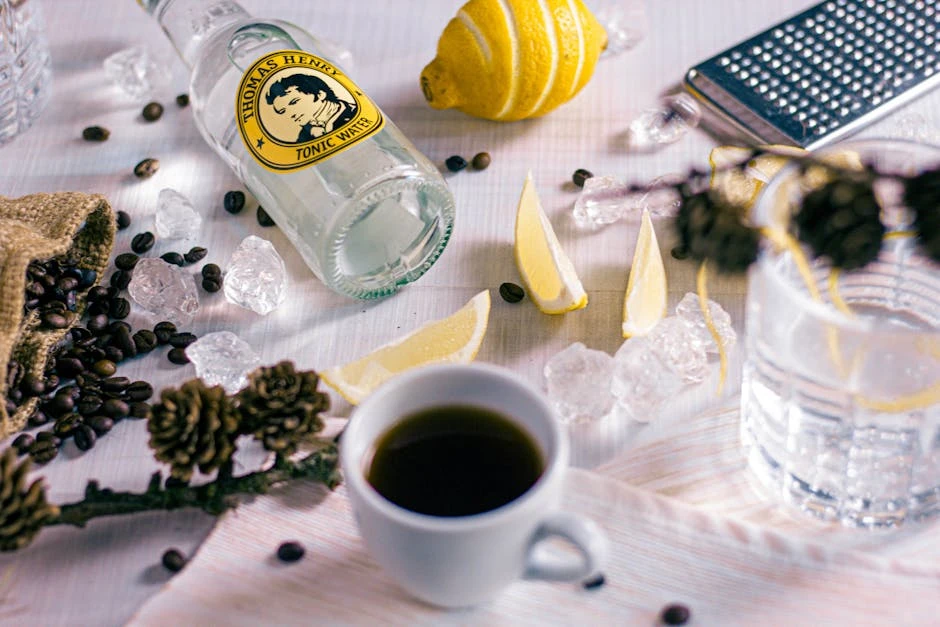
Easy Espresso Tonic Recipe: Make This Trendy Iced Coffee Drink in 5 Minutes
Read More →
Espresso Lungo: The Perfect Balance Between Espresso and Coffee
Read More →